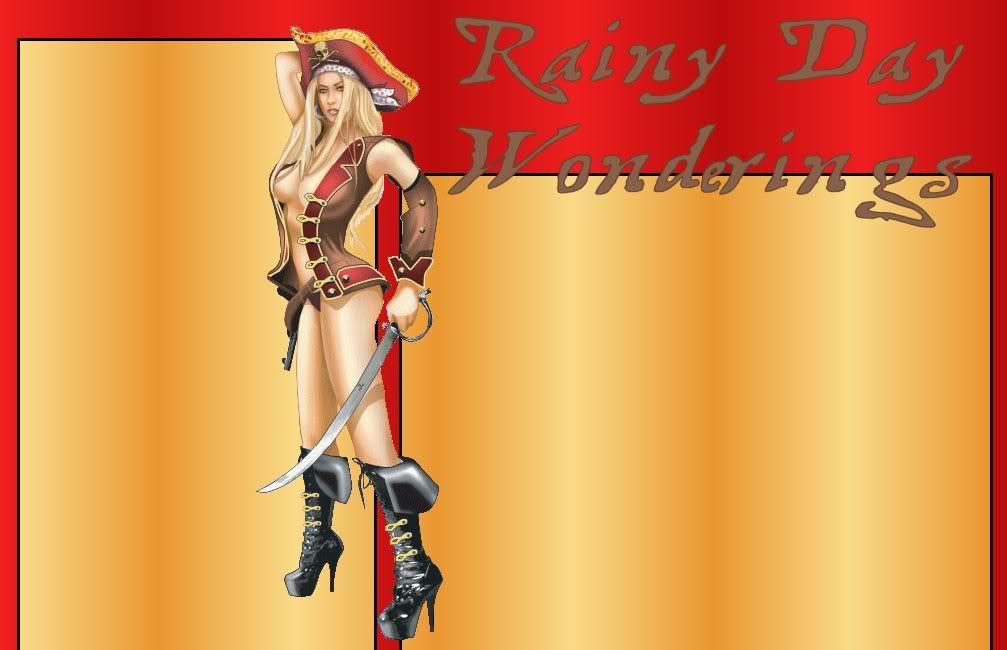Augusts Montague Summers was the author of a number of important books on the supernatural including several classic studies on vampires. Very early in life, he began reading widely in some of the more obscure writings by English fiction writers including the gothic genre. In 1899, summers entered Trinity College and pursued a course toward the Anglican ministry. He went on to Lichfield Theological College where he received his bachelor’s degree (1905) and master’s degree (1906). He was ordained as a deacon in 1908 and assigned to a parish in a Bristol suburb. While there, he was charged and tried for
pederasty but was found not guilty. In the wake of the trail, however, he left the Church of England and became a Roman Catholic. At some point-whether before or after he left the Church of England was not altogether clear- he was ordained to the priesthood. He was briefly assigned to a parish in London, but in 1911, moved from the parish into teaching school.
During his teaching years, Summers gathered an outstanding collection of books in various languages ( many of which he learned) on occultism and the supernatural, from magic and witchcraft to vampires and werewolves. He also became an enthusiastic fan of
Restoration drama and was one of the founders of The Phoenix, a society established to revive Restoration plays, many of a somewhat risqué nature. After 15 years as an instructor in various schools, Summers moved to Oxford and began a period of scholarly writings that was to make him a memorable author of works on the occult and related fields. His first important work,
The History of Witchcraft and Demonology, appeared the year he retired from teaching. Largely because of his choice of topics, his books sold well and Summers was able to make a living from his writings.

The first years of his Oxford period focused on his study of vampirism. In 1928, Summers finished his broad survey,
The Vampire: His Kith and Kin, in which he traced the presence of vampires and vampire like creatures in the folklore around the world, from ancient times to the present. He also surveyed the rise of the literary and dramatic vampire. Summer’s broad mastery of the mythological, folkloric, anthropological and historical material on the vampire has been obscured by his own Catholic supernaturalism. On Several occasions he expressed his opinion of the evil reality of the vampire, an opinion very much out of step with his secular colleagues.
The following year Summers published his equally valuable The Vampire in Europe, which focused on various vampire accounts in Europe where the legend found it most complete development. Summers combined his reading of the diverse literature with personal observations formulated from visits to some of the more important centers where vampire belief had survived. Summers completed two volumes of a country by country report on vampire lore. While they superseded a number of particulars areas, the volumes remain standard sources for vampire studies.

During the 1930s, Summers continued his prodigious output and successively published: The Werewolf (1933), a companion volume to his vampire studies: The Restoration Theatre (1934); A Popular History of Witchcraft (1937); and The Gothic Quest: a History of the Gothic Novel (1938), an enthusiastic history of gothic fiction. In the 1940s, he added Witchcraft and Black Magic (1946). His last book, The Physical Phenomena of Mysticism, was published posthumously in 1950.
During the last 20 years of his life, summers also edited numerous volumes. He released new editions of some of the most important texts on witchcraft and several anthologies of ghost stories. Toward the end of his life, he produced an autobiographical volume, The Galantry Show, which was eventually published in 1980. Beginning in 1956, many of Summers’ works, including the two vampire books, were reprinted in American editions.
Summers remains an enigma. A defender of a traditional supernatural Catholic faith, he was the target of numerous rumors concerning homosexuality and his seeming fascination with those very subjects which he, on the one hand condemned, and on the other, spent so much time mastering.
Sources:
Frank, Frederick S. Montague Summers: A Bibliographical Portrait. Metuchen, NJ: Scarecrow Press, 1988
Summers, Montague. The Galantry Show. London: Cecil Woolf, 1980
As you can tell from the post below, San Diego is in the middle of a record breaking heat wave. Also, there are three fires, (one is contained) in our county. =( Have a safe weekend everyone!
N Posted by Rain at 7/16/2006 01:28:00 AM


posted at 11:16 AM
Wow, glad you said August was a "he". I thought from looking at the picture that he was an extremely scary looking woman, who could kill vampires with just a glance.

Lyndon posted at 1:10 PM
That is one scary looking guy. I think someone beat him with an ugly stick :-)

posted at 5:25 PM
I agree --August sure is a scary looking guy. However, I'm loving the pirate chick at the top of your page! Nice blog.

Rain posted at 7:07 PM
Montague passed himself as a Catholic priest and styling himself the "Reverend Alphonsus Joseph-Mary Augustus Montague Summers". Quite a mouthful!
jules~ I thought the same thing when I first saw his picture ;-)
Lydon~ ha, ha, ha! You always bring a smile to my face.
cmmdtp~ Thank you for stopping by and commenting.
My friend jules and I agree, pirate girls are awesome!



« Home




![]()
![]()




